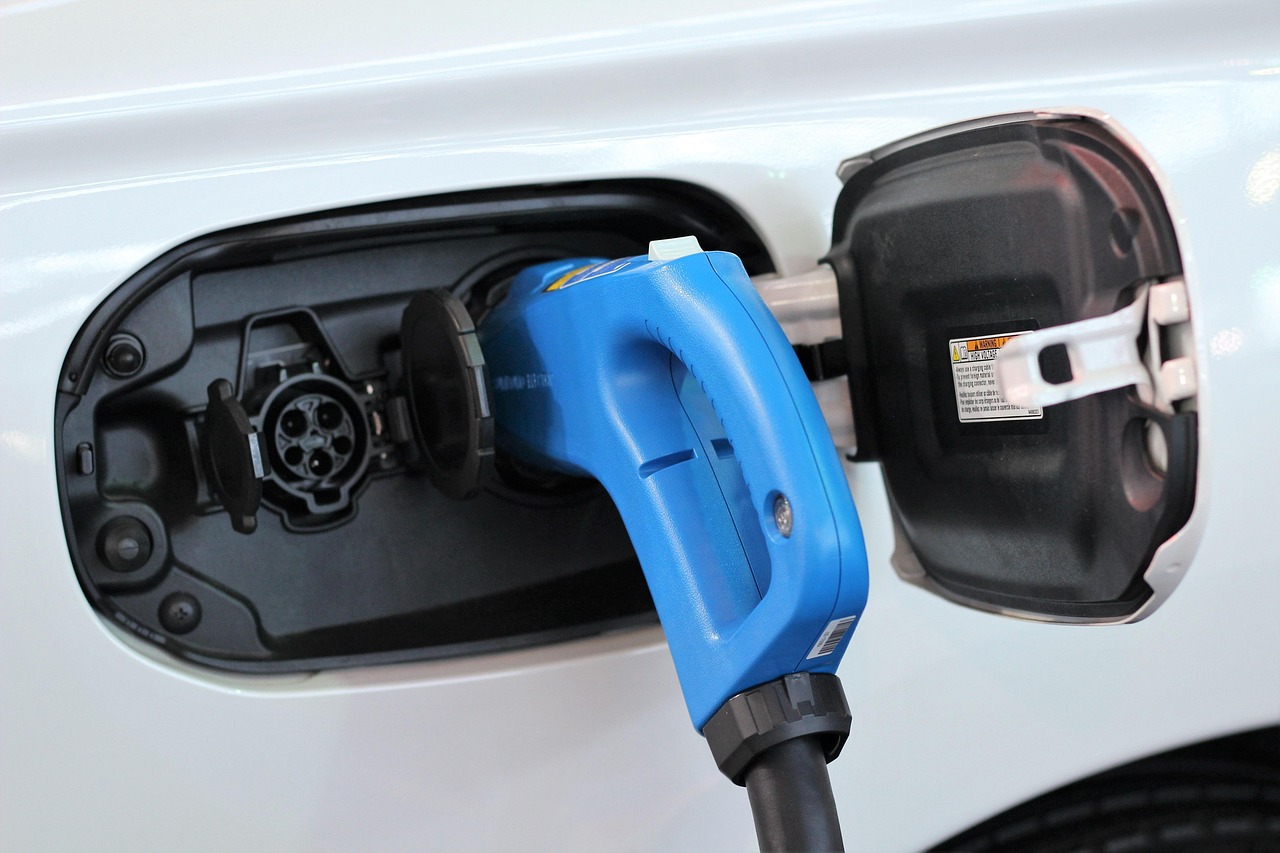新能源汽车控制板
Title: Understanding the Structure of Control Cabinets in Jilin's New Energy Industry
In the realm of new energy, control cabinets play a pivotal role in managing and directing various processes and systems. Jilin, a province in China known for its advancements in new energy technologies, incorporates sophisticated control cabinet structures to optimize energy production, distribution, and management. Let's delve into the intricacies of control cabinet structures within Jilin's new energy sector.
Introduction to Control Cabinets in Jilin's New Energy Sector
Control cabinets serve as the nerve center of operations in new energy facilities, encompassing a range of components and systems essential for efficient functioning. In Jilin, where new energy initiatives are on the rise, these cabinets are meticulously designed to meet the demands of diverse energy sources such as wind, solar, and hydroelectric power.

Key Components and Functions
1.
Power Distribution Units (PDUs)
: PDUs are integral to control cabinets, responsible for distributing power from the source to various subsystems. In Jilin's context, PDUs are engineered to handle fluctuations in energy output, ensuring consistent supply to critical components.2.
Programmable Logic Controllers (PLCs)
: PLCs serve as the brain of control cabinets, executing preprogrammed commands to regulate processes. Jilin's new energy control cabinets leverage advanced PLCs equipped with algorithms tailored to optimize energy conversion and storage.3.
HumanMachine Interface (HMI)
: HMIs facilitate user interaction with control systems, providing realtime data visualization and control options. Within Jilin's control cabinets, HMIs offer intuitive interfaces for operators to monitor energy generation, detect anomalies, and enact corrective measures promptly.4.
Environmental Monitoring Sensors
: Given the importance of environmental factors in energy production, control cabinets in Jilin integrate an array of sensors to monitor temperature, humidity, and other parameters. This data enables proactive maintenance and enhances operational efficiency.5.
Communication Modules
: Seamless communication is essential for coordination between control cabinets, remote monitoring stations, and central control rooms. Jilin's control cabinets utilize robust communication modules to ensure reliable data transmission and remote access capabilities.Structural Design Considerations
1.
Modular Configuration
: Control cabinets in Jilin are often designed with a modular approach, allowing for scalability and ease of maintenance. Modular units can be added or replaced as per evolving energy requirements, minimizing downtime and enhancing flexibility.2.
Temperature Regulation
: Given the harsh climate conditions in certain regions of Jilin, control cabinet structures incorporate thermal insulation and cooling systems to prevent overheating and ensure optimal performance of electronic components.3.
Safety Protocols
: Safety is paramount in the design of control cabinets, especially in environments where high voltage and complex machinery are involved. Jilin's control cabinet structures adhere to stringent safety standards, incorporating features such as fault detection mechanisms and emergency shutdown systems.4.
Space Optimization
: With space constraints being a common challenge in industrial settings, control cabinet designs in Jilin emphasize compactness without compromising accessibility. Innovative layout configurations maximize the utilization of available space while facilitating ease of maintenance and troubleshooting.Guidelines for Optimal Control Cabinet Performance
1.
Regular Maintenance
: Scheduled maintenance routines are essential for prolonging the lifespan of control cabinets and ensuring uninterrupted operations. Jilin's new energy companies adhere to stringent maintenance schedules, conducting thorough inspections and component replacements as per manufacturer recommendations.2.
Training and Skill Development
: Proper training of personnel tasked with operating and maintaining control cabinets is crucial for efficiency and safety. Training programs in Jilin focus on imparting comprehensive knowledge of control systems, troubleshooting techniques, and safety protocols to personnel at all levels.3.
Integration of Predictive Analytics
: Leveraging data analytics and predictive maintenance techniques can further enhance the performance of control cabinets. By analyzing historical data and identifying patterns, Jilin's energy companies can anticipate potential failures and take proactive measures to mitigate risks.Conclusion
Control cabinets serve as the backbone of operations in Jilin's burgeoning new energy sector, integrating advanced technologies and robust structural designs to optimize energy production and management. By adhering to stringent standards, embracing innovation, and prioritizing maintenance and training, Jilin continues to pave the way for sustainable energy solutions, contributing to both regional development and global environmental preservation efforts.
[End of Document]
版权声明
本文仅代表作者观点,不代表百度立场。
本文系作者授权百度百家发表,未经许可,不得转载。
















评论